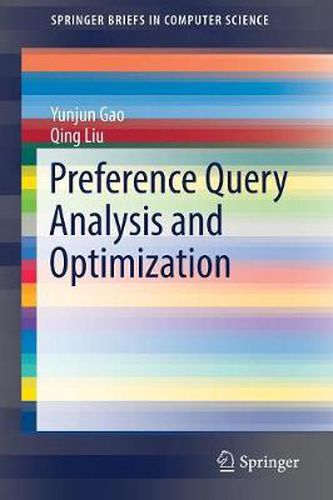Readings Newsletter
Become a Readings Member to make your shopping experience even easier.
Sign in or sign up for free!
You’re not far away from qualifying for FREE standard shipping within Australia
You’ve qualified for FREE standard shipping within Australia
The cart is loading…






This title is printed to order. This book may have been self-published. If so, we cannot guarantee the quality of the content. In the main most books will have gone through the editing process however some may not. We therefore suggest that you be aware of this before ordering this book. If in doubt check either the author or publisher’s details as we are unable to accept any returns unless they are faulty. Please contact us if you have any questions.
This book analyzes unexpected preference query results for three problems: causality and responsibility problems, why-not and why questions, and why-few and why-many questions. Further, it refines preference queries and discusses how to modify the original preference query based on different objectives, in order to obtain satisfying results. This highly informative and carefully presented book provides valuable insights for researchers, postgraduates and practitioners with an interest in database usability.
$9.00 standard shipping within Australia
FREE standard shipping within Australia for orders over $100.00
Express & International shipping calculated at checkout
This title is printed to order. This book may have been self-published. If so, we cannot guarantee the quality of the content. In the main most books will have gone through the editing process however some may not. We therefore suggest that you be aware of this before ordering this book. If in doubt check either the author or publisher’s details as we are unable to accept any returns unless they are faulty. Please contact us if you have any questions.
This book analyzes unexpected preference query results for three problems: causality and responsibility problems, why-not and why questions, and why-few and why-many questions. Further, it refines preference queries and discusses how to modify the original preference query based on different objectives, in order to obtain satisfying results. This highly informative and carefully presented book provides valuable insights for researchers, postgraduates and practitioners with an interest in database usability.